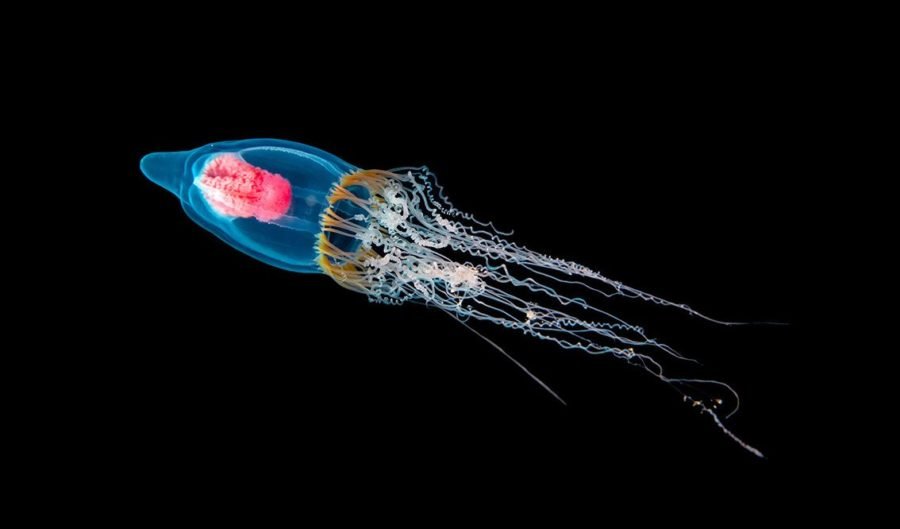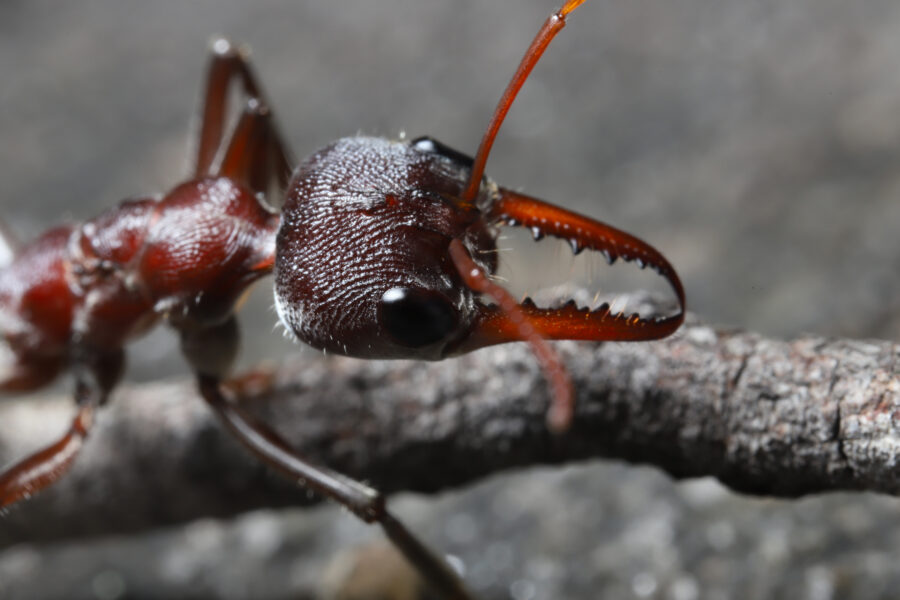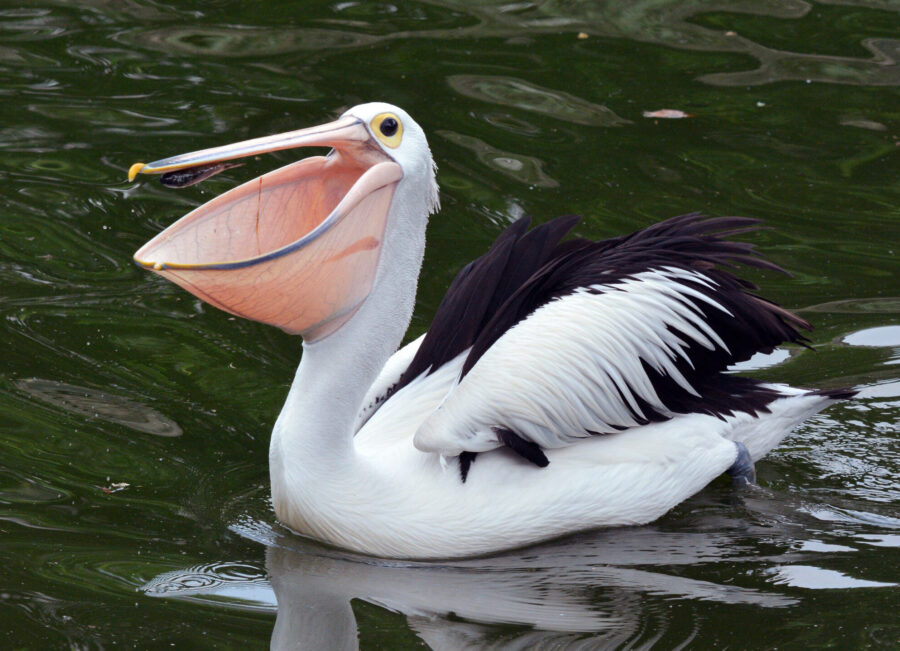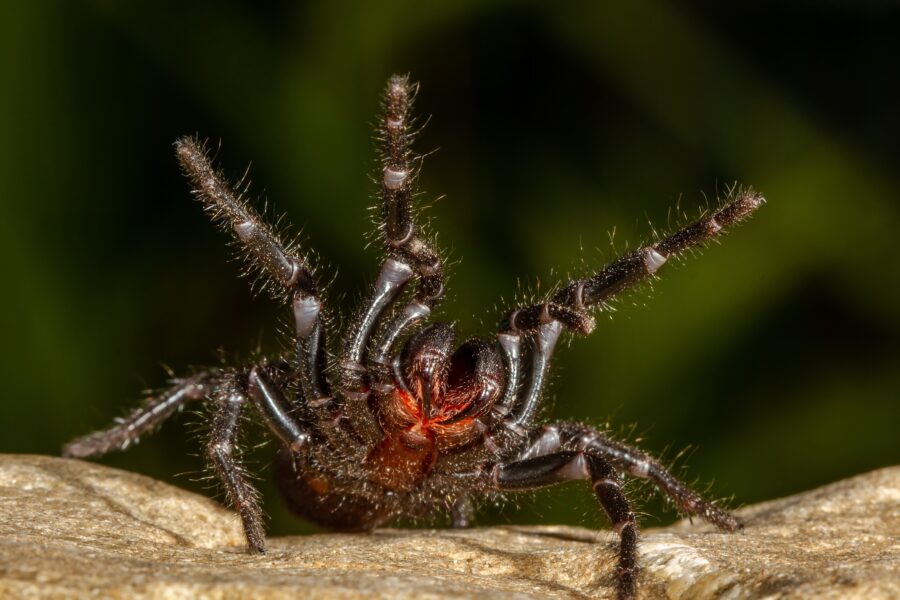This stunning hydromedusa looks like a tiny rocket ship

Bec Crew
Bec Crew

FOUND IN the North Atlantic Ocean, the Mediterranean Sea, and closer to home in the New Zealand Exclusive Economic Zone – a vast area off the coast of New Zealand and to its northeast that spans more than 4 million square kilometres – P. conica is easy to miss, with a body stretching just 3 to 4 cm, minus its tentacles.
P. conica is a special kind of jellyfish called a hydromedusa – a group of small jellies that display a mind-blowing array of colours and shapes like this rainbow beauty:

(Image Credit: University of California, Santa Barbara)
And this total weirdo, which was spotted last year in the Mariana Trench at a depth of 3,700 metres:
Most hydromedusae have transparent bodies, which makes them tough to spot, and long, feathery tentacles that look like a mop of hair or coiled snakes – hence the name.
Despite all those tentacles, few hydromedusae actually sting, but those that do can be quite painful. This spider-like species from the genus Gonionemus can put you in hospital if you’re not careful.
As far as we know, P. conica is one of the harmless ones.
Greek photographer Nicholas Samaras says he captured the photograph at the top of the page at a dive spot off the coast of Kalogrias Beach in the Chalkidiki peninsula of Northern Greece.
Being a subtropical species, they’re usually found in the Springtime around May and April when the coastal waters are warm, and Samaras says they can be found at depths between 2 and 30 metres.
He describes his experience with the species:
“The first time I encountered this tiny jellyfish was many years ago, but I can still remember how happy I was with my finding!
It’s a really beautiful animal with the ability to hypnotise you if you watch it too closely.
This time, I was privileged to see many of them in the same dive in different sizes and shapes – some of them were more spherical, others with longer tentacles, and others with more vivid colours inside.
Every one of them gives you this beautiful, tranquil feeling when you watch them swimming. They’re like an underwater ballet synchronised with the waves.
That dive site is my favourite and never disappoints me.”
Samaras adds that during that single dive he also spotted another jellyspecies called Oceania armata; long chains of plural salps (which are also incredibly strange); and plenty of comb jellies, which can look like this.
Check out more of Samaras’ amazing underwater photography at his website.




